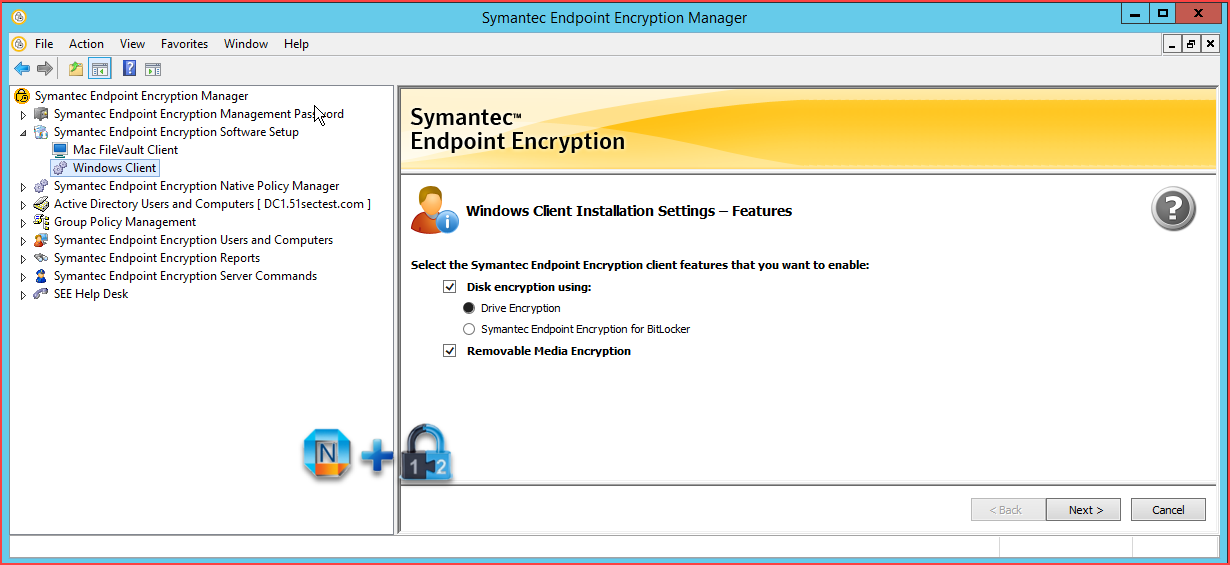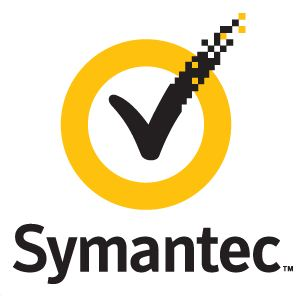

- Symantec endpoint protection cloud run full scan plus#
- Symantec endpoint protection cloud run full scan free#
Oddly enough, both are reliant on the same fundamentally insecure technology: The magnetic stripe, which stores cardholder data in plain text that can be easily copied. The Massachusetts SNAP benefits card looks more like a library card than a payment card. First, most states do not equip EBT cards with smart chip technology, which can make payment cards much more difficult and expensive for skimming thieves to clone.Īlas, it is no accident that all of the states reporting recent spikes in fraud tied to EBT accounts - including California, Connecticut, Maryland, Pennsylvania, Tennessee, and Virginia appear to currently issue chip-less cards to their EBT recipients. However, EBT cards differ from debit cards issued to most Americans in two important ways. EBT is used in all 50 states, the District of Columbia, Puerto Rico, the Virgin Islands, and Guam.ĮBT cards work just like regular debit cards, in that they can be used along with a personal identification number (PIN) to pay for goods at participating stores, and to withdraw cash from an ATM. When a participant uses a SNAP payment card at an authorized retail store, their SNAP EBT account is debited to reimburse the store for food that was purchased. states have reported rapid increases in skimming losses tied to people who receive assistance via Electronic Benefits Transfer (EBT), which allows a Supplemental Nutrition Assistance Program (SNAP) participant to pay for food using SNAP benefits. Over the past several months, authorities in multiple U.S. Continue reading →Ĭalifornia’s EBT card does not currently include a chip. 5 showed how the phony profile problem has affected virtually all executive roles at corporations, and how these fake profiles are creating an identity crisis for the businesses networking site and the companies that rely on it to hire and screen prospective employees. In late September 2022, KrebsOnSecurity warned about the proliferation of fake LinkedIn profiles for Chief Information Security Officer (CISO) roles at some of the world’s largest corporations. “That’s definitely the first huge drop that happened throughout the time we’ve collected the profiles,” she said.
Symantec endpoint protection cloud run full scan plus#
“The drop in the percentage of 7-10 percent, as it happened this time, is not something that happened before,” SignalHire’s Anastacia Brown told KrebsOnSecurity.īrown said the normal daily variation in profile numbers for these companies is plus or minus one percent. SignalHire keeps track of active and former profiles on LinkedIn, and during the Oct 9-11 timeframe SignalHire said it saw somewhat smaller but still unprecedented drops in active profiles tied to Amazon and Apple. KrebsOnSecurity hired Menlo Park, Calif.-based SignalHire to check Pinho’s numbers. In June, LinkedIn acknowledged it was seeing a rise in fraudulent activity happening on the platform.
Symantec endpoint protection cloud run full scan free#
LinkedIn declined to answer questions about the account purges, saying only that the company is constantly working to keep the platform free of fake accounts.

Neither Amazon or Apple responded to requests for comment. Pinho said his scraper shows that the number of LinkedIn profiles claiming current roles at Amazon fell from roughly 1.25 million to 838,601 in just one day, a 33 percent drop: Pinho’s screenshot below shows the daily count of employees as displayed on Amazon’s LinkedIn homepage.

Pinho has been using LinkedIn to monitor daily employee headcounts at several dozen large organizations, and last week he noticed that two of them had far fewer people claiming to work for them than they did just 24 hours previously. Jay Pinho is a developer who is working on a product that tracks company data, including hiring. A similarly dramatic drop in the number of LinkedIn profiles claiming employment at Amazon comes as LinkedIn is struggling to combat a significant uptick in the creation of fake employee accounts that pair AI-generated profile photos with text lifted from legitimate users. The next day, half of those profiles no longer existed. On October 10, 2022, there were 576,562 LinkedIn accounts that listed their current employer as Apple Inc.


 0 kommentar(er)
0 kommentar(er)
